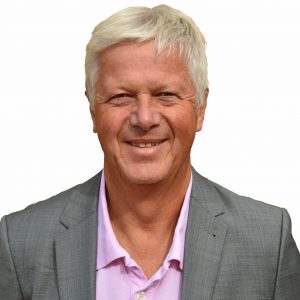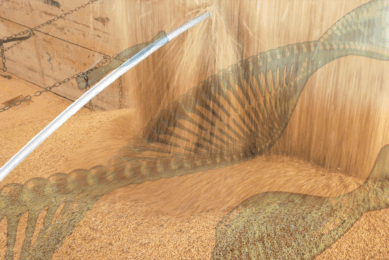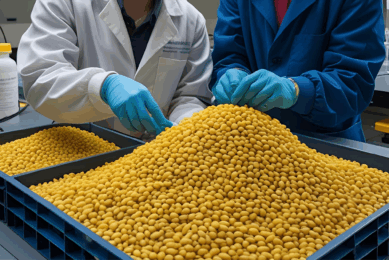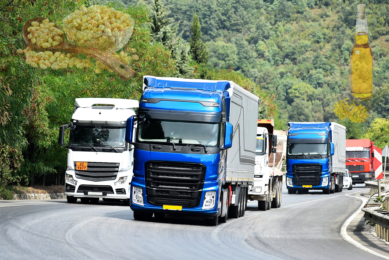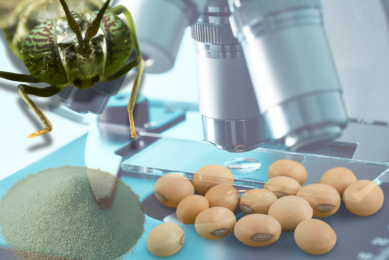A quest for more European soya
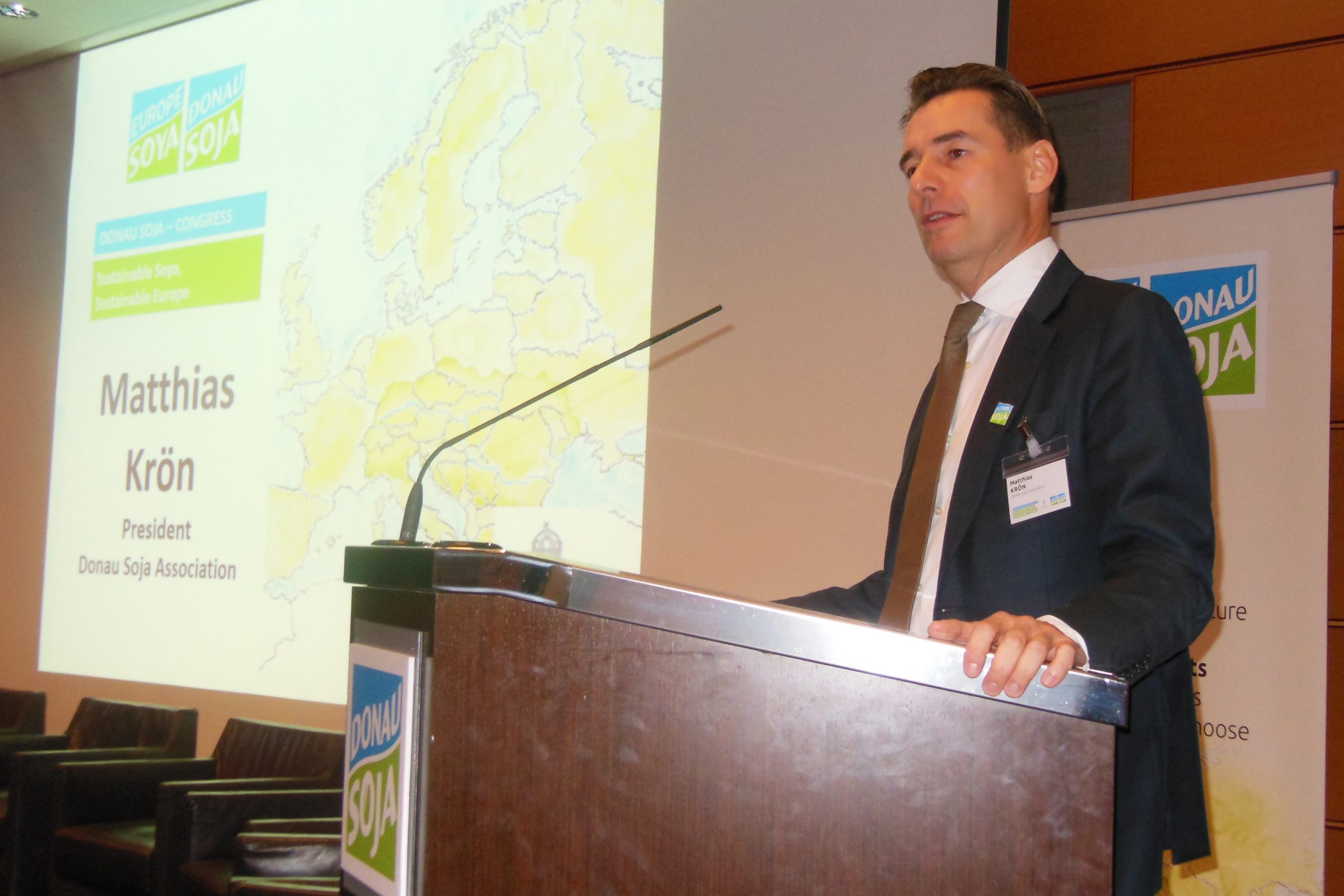
The 4th annual congress of the Danube Soya Association took place in Budapest, Hungary and strongly focused on the European protein transition. One of the topics discussed was the quest for more sustainable soya coming from Europe.
The Danube Soya Association is a non- profit, independent association with more than 240 members from all over Europe and constitutes Europe’s major initiative in the agricultural sector. Danube Soya’s focus lies in non-GM, source identified high-quality soya from the Danube Region. Already 5 countries have signed the Danube Soya Declaration for the promotion of non-GM soya cultivation in Europe.
“We are promoters of organic farming and of better crop protection, with soya being the most important legume,” said Matthias Krön, founder and Chairman of Danube Soya during his opening speech at the association’s conference. Soya is currently a central topic in the European agriculture and food production debate: each year, over 40.5 million tonnes of soya and soya bean meal provide essential protein for the feed industry, of which 89.94% of this is imported from overseas. “Only a little more than 2% of the European cropping area is planted with grain legumes. We need to make sure famers have the right incentives to grow legumes. Our goal is to achieve European protein transition. This is a complex issue and we need to build the market together with the help of the governments and the industry,” explained Krön.
Traceability and brands
The Budapest conference was an excellent opportunity to discover what Danube Soya does to achieve its goal. Research, promotion and partnerships are the 3 key words of the association’s activities. A double certification system (Danube Soya, Europe Soya) allows the Danube Soya Association to ensure traceability on the whole chain from farm to fork. “Danube Soya guarantees regionality – Danube region or Europe – through a system of lot certification, traceability through IT database and external independent 3rd party audit (risk based),” explained Susanne Fromwald from Danube Soya. She further added: “It is our vision to cover Europe’s soya demand by 50% with certified Danube Soya and Europe Soya by 2025 and it is our aspiration to establish Danube Soya and Europe Soya as well-know and trustworthy brands.”
The conference of Budapest highlighted some concrete encouraging examples of European retailers switching from Brazilian imports of soya to certified Danube Soya purchases. “The move to using Danube Soya fits perfectly into the Waitrose strategy to improve our supply chain security by sourcing animal feed from raw materials grown in the UK or within Europe. This is an example of Waitrose working with its supplier groups to deliver a real benefit to our farmers, our global environment, our business and our customers. All Waitrose owned eggs, chicken, turkey, New Zealand lamb (including frozen in own-brand ready meals) and farmed fish are fed diets that do not contain protein from genetically modified sources,” said Duncan Sinclair and Andrew Saunders from the Waitrose agriculture team. Bonafarm, the leading Hungarian poultry producer was also present at the conference and explained why the company decided to switch to Danube Soya sourcing.
New markets and cooperation projects
The Budapest conference was also a good platform for information on new markets or cooperation projects about soya. Rosemarie Metz from GIZ (Deutsche Gesellschaft für internationale Zusammenarbeit) presented the aims of a German and Austrian Development Cooperation project running from March 2014 and March 2017 in Serbia and Bosnia Herzegovina (BiH). This project, implemented in cooperation with the Danube Soya Association, resulted in an increase of the soybean cultivation area by 12% in Serbia and by 76% in BiH between 2014 and 2015. Ten companies in Serbia and BiH are Danube Soya certified, ten more are in the certification process. The first Danube Soya labelled eggs are already sold in Serbia.
Cooperation China and Europe
Chinese delegates were also present at the conference, being active in a workshop on the cooperation between Europe and China to develop soya through exchanges of genetic resources. Dr Li-Juan Qiu from the Chinese Academy of Agricultural Sciences, presented the China-EU 2020 Strategic Agenda for Cooperation. This was signed in 2013 and known for its win-win research and innovative cooperation in agriculture. “We will complement each other in the field of legume improvement. This is done via germplasm exchanges, gene discovery and breeding strategies,” said Dr Li-Juan Qiu. He further mentioned that there is a lot of growth potential and shared views around the topic. The current European soya production has grown from 3.8 million tonnes in 2012 to 6.6 million tonnes in 2015 (+70%). The forecast is that Europe will produce 10.7 million tonnes in 2020. Matthias Krön sees potential and concluded: “Our target is to have 1/3 to 1/5 less soya imports in the coming years. This is possible if we work together. This will benefit us all.”


